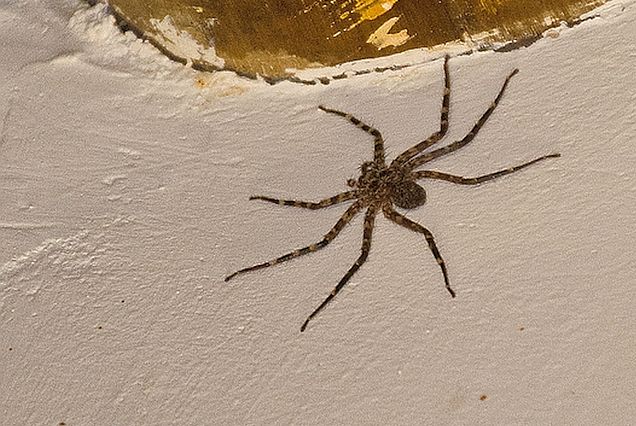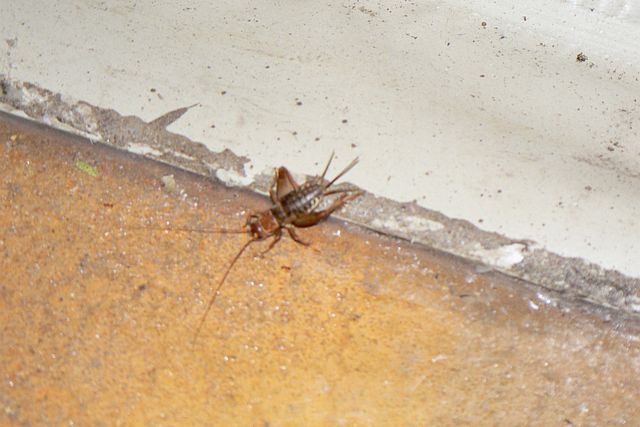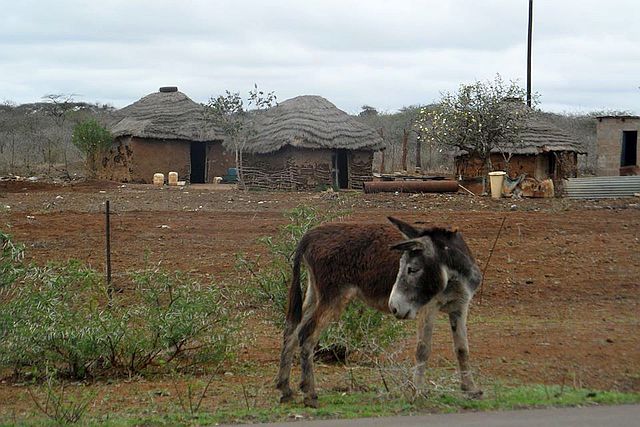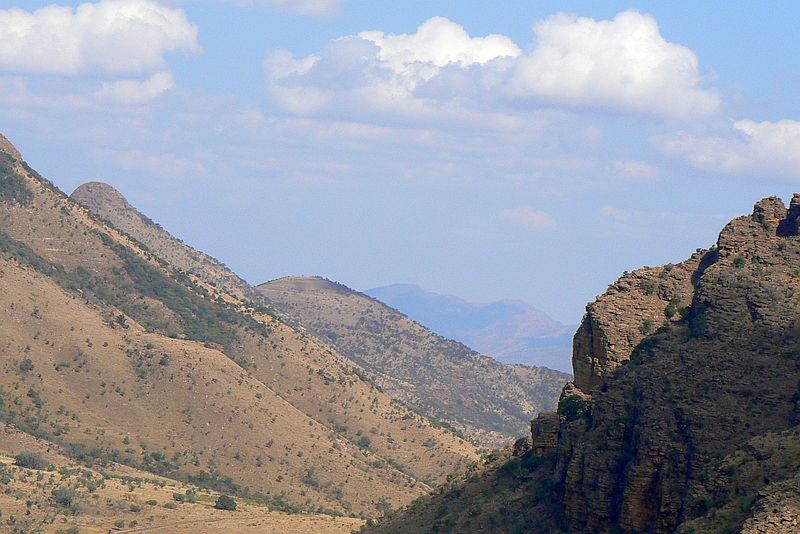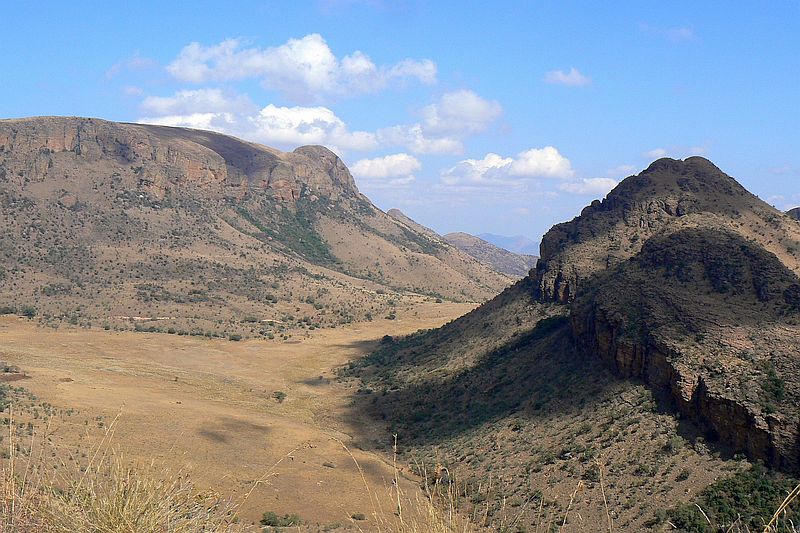Cape Vulture Gyps coprotheres
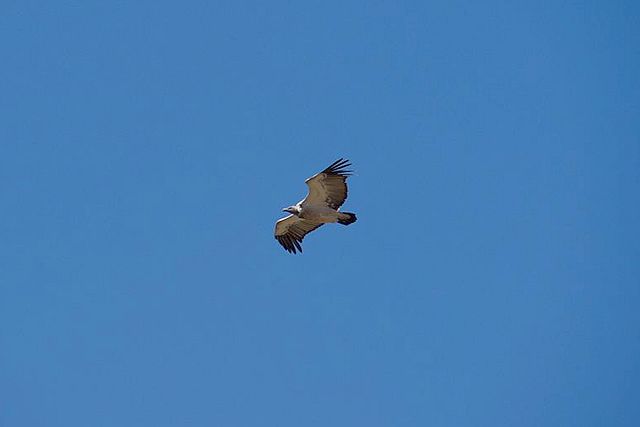
Marakele National Park, 17 August 2014
Identification: 100-115 cm. Very large vulture with near-naked head and neck. Adult creamy-buff, with contrasting dark flight- and tail-feathers. Pale buff neck-ruff. Underwing in flight has pale silvery secondary feathers and black alula. Yellowish eye, black bill, bluish throat and facial skin, dark neck. Juveniles and immatures generally darker and more streaked, with brown to orange eyes and red neck. Similar spp. White-backed Vulture is smaller and, usually, darker, with more streaking and different wing pattern.
Distribution: Most of South Africa, except arid W, Mozambique and most of Zimbabwe; vagrant to Zambezi Valley.
Status: Locally common, but numbers declining. The Cape vulture has been declining steadily since at least the 1980s, when it was first categorized as Threatened. It was later upgraded to Vulnerable and, in 2015, to
Endangered.
Habitats: Mostly mountainous country, or open country with inselbergs and escarpments; less commonly in savanna or desert.
Habits: Highly gregarious at all times; roosts and nests on precipitous cliffs which are white from droppings. Soars out 2-3 hours after sunrise (rarely earlier) to forage over wide area, often well away from mountains; cruises at 26-69 km/h. Aggressive at carcasses.
Food: Carrion, bone fragments; grooves and serrations on tongue enable rapid feeding on soft tissues of carcass.
Breeding: Season: April to July. Nest: Sparse platform of sticks, brush and stems, lined with grass and leaves; sometimes hardly any nest; on cliff ledge. Clutch: 1 egg, very rarely 2. Incubation: 55-58 days by both sexes. Nestling: 140 days, fed by both parents; dependent on parents for up to 221 days after leaving nest.
 You should have used the "no red eye" button
You should have used the "no red eye" button 

